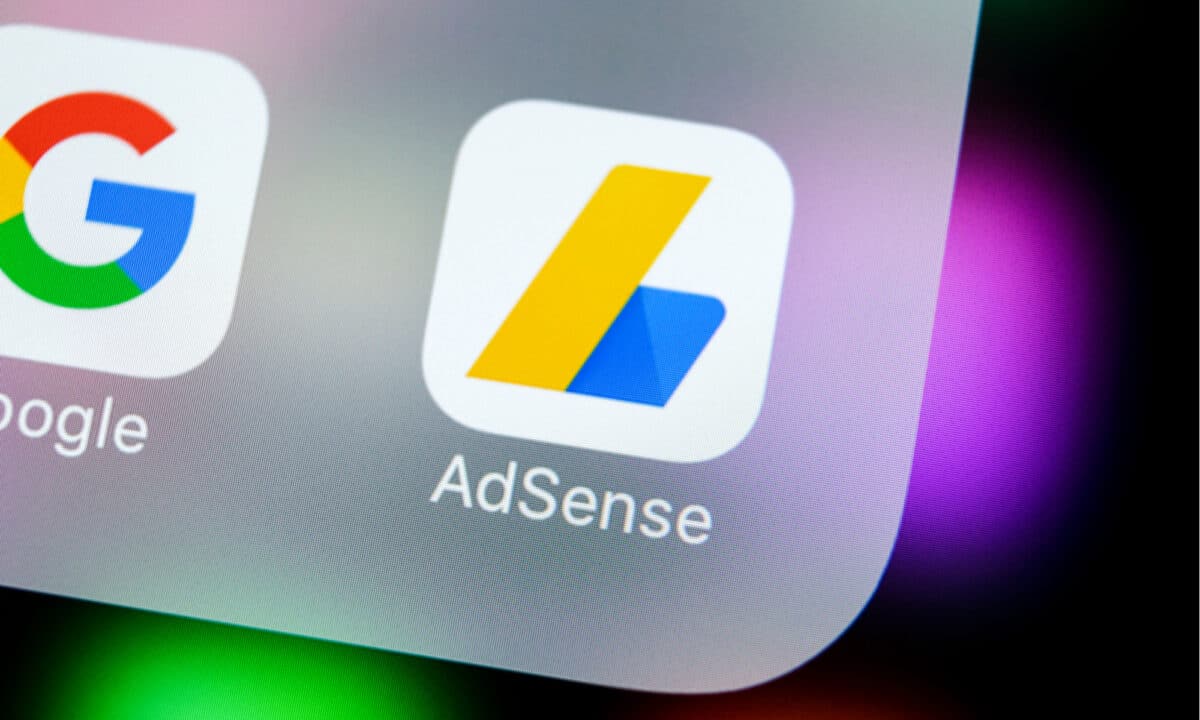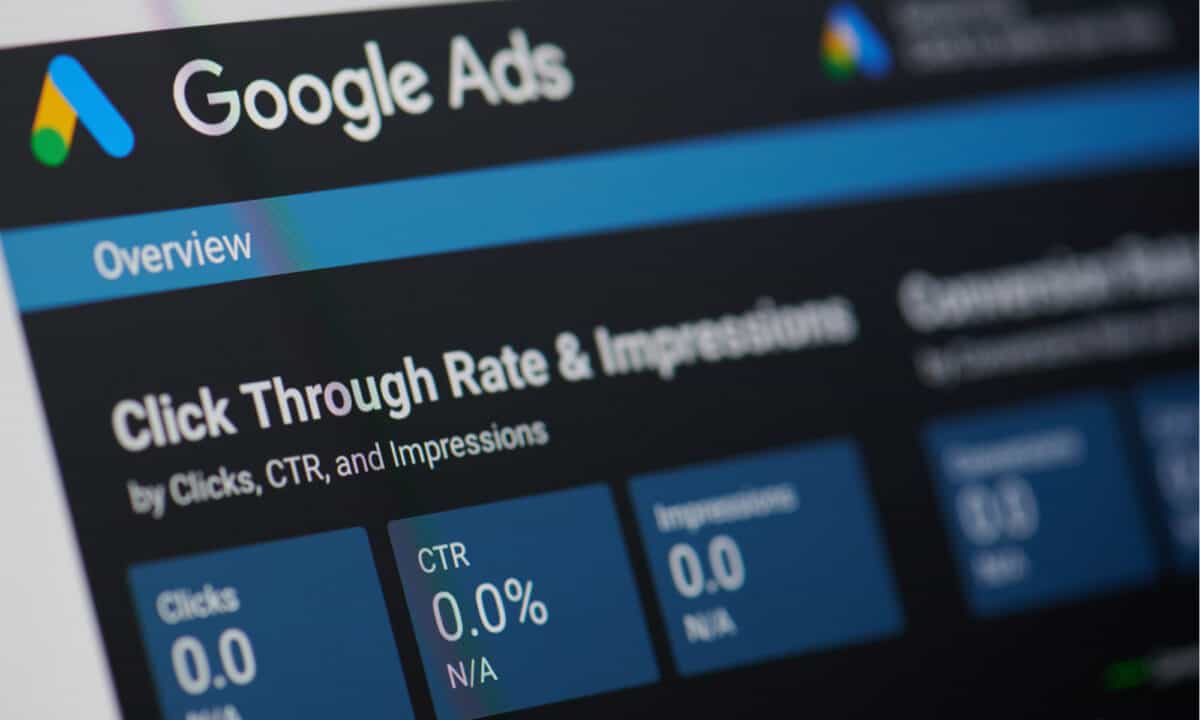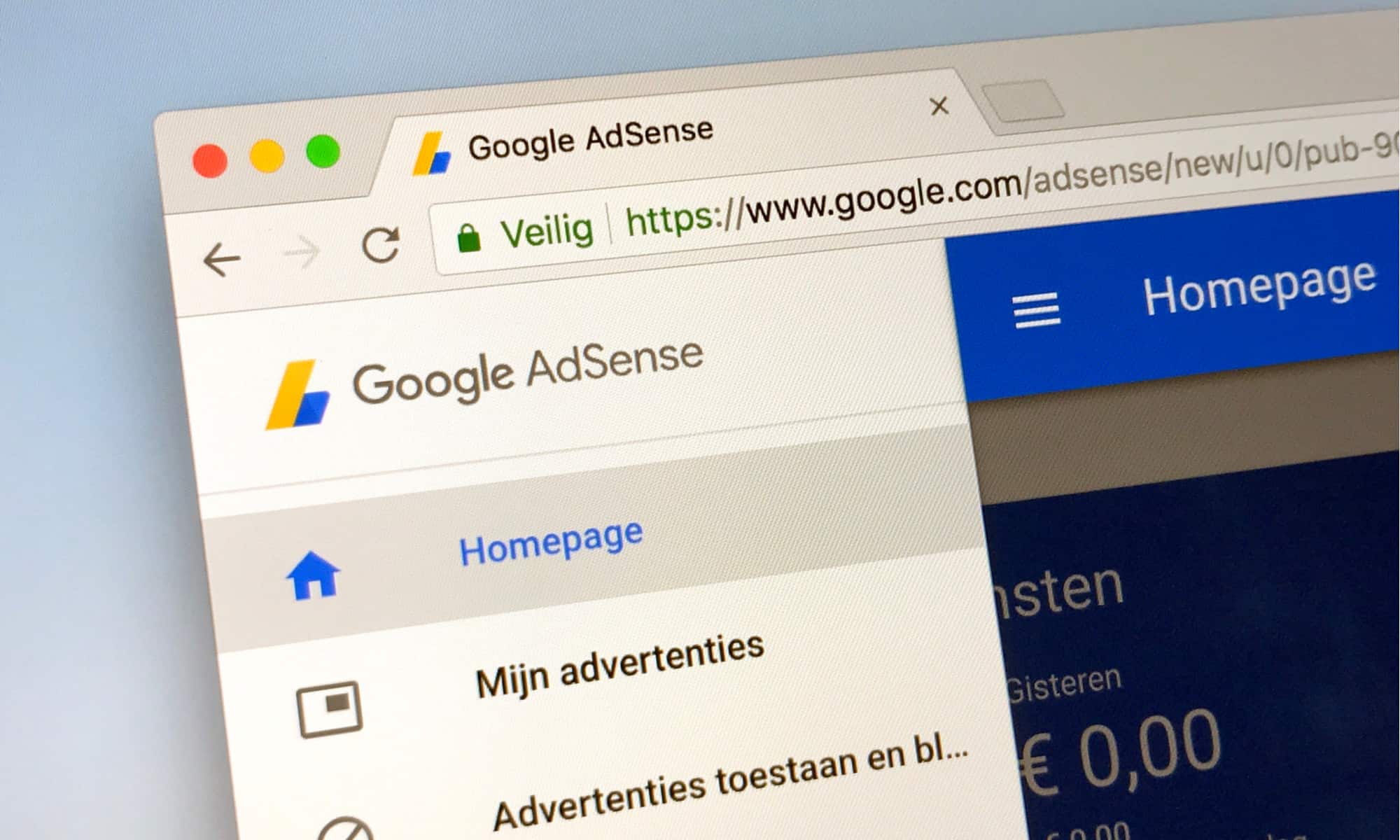People are often looking for a way to monetize their online content through website traffic. One of those ways is to advertise third-party services or products on their sites to visitors. There are currently lots of advertising programs available that can help someone earn money.
One of the most popular is AdSense. By adding some basic code to a site, individuals can use a wide range of ads to make money on both a computer and mobile device. The following are the basic facts to know about AdSense.
Quick Facts
- Year Founded
- 2003
- Founders
- aul Buchheit, Susan Wojcicki, and Sergey Brin
- Industry
- online advertising
- Headquarter
- AdSense is run by Google. Google’s headquarters are in Mountain View, California
- Key People
- aul Buchheit, Susan Wojcicki, and Sergey Brin
- Notable Products
- AdSense provides an advertising service and a way to make money on content and video sites
- Website
- https://www.google.com/adsense/start/
The History of AdSense: What to Know
Google started its AdSense program on February 27, 2003, and it’s still one of the most popular methods of advertising on the internet. AdSense originally started under the name Content Targeting Advertising.
The program started without fanfare and not even an official announcement. It was covered by the technical press and talked about in forums such as Webmaster World. The program was formally announced on March 4, 2003.
Google celebrates AdSense’s birthday on June 18 because the program was renamed AdSense on that date. It was also then that Google expanded its use for a larger variety of publishers. The following are a few key dates in the history of AdSense:
- AdSense brought in approximately 15 percent of all of Google’s revenues by early 2005.
- In 2009, AdSense stated it was going to be offering a variety of new features. This included the ability of multiple networks to show ads.
- By 2010, they were using search history information in the contextual matching process to be able to offer more relevant ads.
- In 2014, Direct Campaigns was launched by AdSense. This was a tool for publishers to sell ads directly. This particular feature, however, was retired in February 2015.
- By 2021, more than 38 million websites were using AdSense.
The Founding of AdSense: How It Happened
It’s often stated that Paul Buchheit, who founded Gmail, originally had the idea to run ads using the e-mail service. Buchheit, however, gives the credit to Susan Wojcicki and Sergey Brin. Wojcicki had organized the team that put the idea together while Brin provided the backing.
Before starting AdSense, Google previously made money from search ads. When people would search online, advertisers would have ads that appeared close to the free or “editorial” results of the searches.
AdSense was a name that had previously been used by the competitor, Applied Semantics. With the acquisition of Applied Semantics in April 2003, the name was then used by Google. Applied Semantics was formally an obscure company in California that created software applications for advertising on the Internet as well as information management markets.
The 102 million dollar acquisition, which was bought with stocks and cash, is considered Google’s most important acquisition. Some of the advertisers initially complained that AdSense ads didn’t perform as well as the basic Google Ads.
Google had previously tested a cost-per-action type of service but decided to discontinue it in October 2008. AdSense is now so successful that each year Google pays more than $10 billion to the publishers using their program.

AdSense Use Through the Years
When understanding how AdSense has worked through the years it’s important to know the difference between the following:
- Google Ads: Google Ads is used by advertisers wanting to advertise their services and products. Google Ads has also been called AdWords.
- AdSense: AdSense is used by publishers. They get paid for having ads on their site.
Through the years the AdSense acquisition and merger have evolved to include a wide range of features and places where users can make money through advertisements. The following are a few examples.
Where Can You Use AdSense?
Users can implement the AdSense program on blogs and websites. YouTube is another place where users can make money with ads. When using AdSense on platforms, there are several features that users can take advantage of. There are also over 40 languages that AdSense provides compatibility for.
The AdSense interface can work with an iPad and iPhone. In 2020, however, Google announced that the program wasn’t available any longer on Android. These apps have been removed from Google’s app store. They stated that Android users with browsers such as Safari or Google Chrome can add the app to their home screens.
Who Uses AdSense?
Individuals can use AdSense, but large companies and organizations are using it as well. There are current statistics that state approximately 40,602,083 websites are using AdSense.
Large companies from USA Today to Fox News and HuffPost are using AdSense. Besides the United States, companies from China, India, and the United Kingdom are also using the program.
What are the Most Important Features of AdSense?
AdSense provides several benefits for both publishers and advertisers. The following are some of the specific features users have available to them when using the program:
- Customization: Customization and control are two prominent features users will have when using AdSense. A user can change the overall look of each ad to fit in with their site. They can select ads that are going to be more relevant to their users. There are several sizes and formats to choose from when putting together ads.
- Control: The user or publisher can block ads they don’t want or don’t like. Users can also choose the types of ads that will work best for their site.
- Support: Support includes recommendations that are personalized for each website. Google also provides online learning tools and a help center to assist users in using ads in a way that works for them.
- Tools: AdSense provides performance tools that include personalized reports. This helps users understand how well each ad is doing and identifies areas where there is growth potential.
- Transparency: Metrics are tracked by your analytics account within Google, providing clarity and transparency.
- Security and Safety: Since Google works as an intermediary between both sides there is security for all participants involved.

How Does AdSense Make Money?
AdSense provides website owners with a simple and free way to make money on their blogs, websites, and even YouTube videos. Google pays 68 percent of its revenue on AdSense. This means if an advertiser pays $100, the publisher will receive $68 from AdSense. Advertisers will pay on average 18 cents per view.
Displaying engaging ads next to online content has never been easier. There are a few simple steps to complete when using AdSense.
- Create Add Space: Website owners will start by pasting ad codes on the places where they want ads to appear. This makes spaces available for advertisements. The user will need to use a special code from AdSense on their site to be part of the program.
- Bid for Space: Advertisers will bid in an actual auction for places on the website. The highest bidders will display ads on the site. Advertisements are generated from organizations and businesses that are using the Google AdWords program.
- Receive Clicks: A user will receive payment with each click they get on the ads on their blog, website, or video.
- Receive Payment: Google handles the billing process with all advertisers on each website. This ensures that everyone will receive payment. Advertisers will pay different amounts for different types of ads. This means how much an individual or company can make will vary.
AdSense Notable Controversies
AdSense has not been without its controversies. Those who support Google and AdSense state that many users simply don’t read the terms of the agreement and don’t follow all the rules set out by Google for using the program. Others see the massive corporation as too often taking advantage of the “little guy.”
Free Range Content Lawsuit – May 2014
The company Free Range Content filed a lawsuit against AdSense in May 2014. The controversy started when a whistleblower came forward and accused Google of waiting until the very end of a pay period to ban a publisher they accused of having invalid activity. Waiting until the end of the pay period meant that Google could keep 100 percent of the earnings, even earnings from valid clicks.
It took several years for this particular class action lawsuit to play out. Finally, in 2018, Google decided to settle the lawsuit. They came out with a statement that continuing to fight the lawsuit would be too expensive and burdensome. In February 2018, the settlement was filed. Anyone who was a publisher with AdSense between the dates of May 20, 2010, and May 7, 2018, was possibly entitled to benefits from the settlement.
Unclear Rules and Expectations – August 2014
Idris Sami, a 19-year-old entrepreneur, set up a website that promoted free texting. Using Google’s AdSense, he had made $46,000 by December 2013. Google claimed his site was forcing people to click ads before actually using the site, which is against the rules for using AdSense. Sami, however, denied the allegations.
French Lawsuit – 2021
Google was fined $270 million in an anti-trust settlement by French authorities and regulators. They were accused of abusing their position as the primary online advertising choice to the detriment of all their competitors. They were also accused of unfairly using data to give themselves an advantage. The French lawsuit is one of many that Google has faced regarding accusations that the tech giant has created an illegal monopoly when it involves search advertising and online searching in general.
Payment Method
This perhaps isn’t so much controversy as a complaint many users have with the program. Google won’t make any payments until it reaches $100 in U.S. dollars. Once an individual or company reaches $100, they get paid in 30 days.



